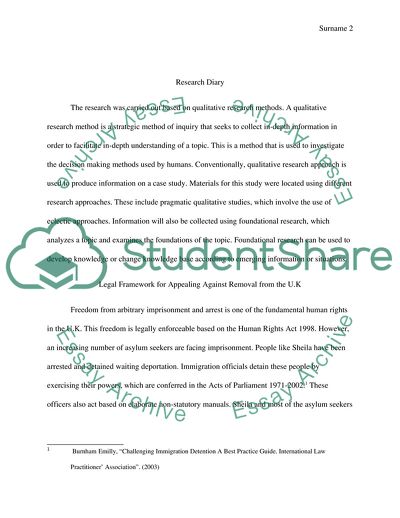Cite this document
(Immigration Law Report Example | Topics and Well Written Essays - 2500 words - 1, n.d.)
Immigration Law Report Example | Topics and Well Written Essays - 2500 words - 1. https://studentshare.org/law/1829068-immigration-law
Immigration Law Report Example | Topics and Well Written Essays - 2500 words - 1. https://studentshare.org/law/1829068-immigration-law
(Immigration Law Report Example | Topics and Well Written Essays - 2500 Words - 1)
Immigration Law Report Example | Topics and Well Written Essays - 2500 Words - 1. https://studentshare.org/law/1829068-immigration-law.
Immigration Law Report Example | Topics and Well Written Essays - 2500 Words - 1. https://studentshare.org/law/1829068-immigration-law.
“Immigration Law Report Example | Topics and Well Written Essays - 2500 Words - 1”. https://studentshare.org/law/1829068-immigration-law.


